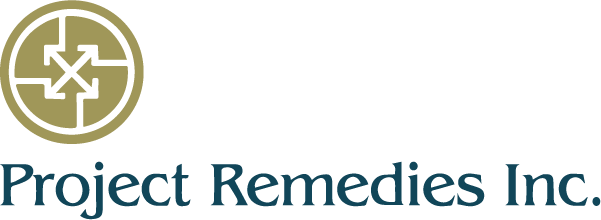There are 3 concepts / goals that underlie our direction and what we do.
“Making Project Management Easy” and “Measure What You Manage”
Every management class teaches that you should “measure what you manage.” But what if you are managing projects and the people who are working the projects? People hate managing projects and many (most?) don’t want to be held accountable. But we know that, if projects are not managed, they do not finish, let alone finish on-time and on-budget. And if we do not capture the performance metrics, you have no proof that the good people are doing a good job.
Our goal was to make managing projects as easy and as simple as possible and capture the performance metrics at the same time. And our approach does that. Both large and small organizations have used it successfully. And it is an “approach.” Like anything else, in order to do it well, “focus” is required. The design of the system as well as automating as much as possible are keys to its success. And the system has to be intuitive. For example, because pre-defined work processes are used to generate project plans and cost plans automatically, the project manager does not need to know the process. The project manager populates several fields, chooses the template he wants to use, enters a planned start date or a planned finish date and clicks on Save. That’s it. The workers working the tasks do not have to know the process either. All they need to know is how to status a task. And to do that, when he starts working the task, the worker changes the status from Assigned to In Process and clicks on Save. When he finishes working the task, he changes the status from In Process to Complete and clicks on Save. That’s it. The system automatically notifies the people responsible for the next task that he can start working the task. Simpler.
Operationalizing processes
Operationalizing processes improves efficiency, improves customer service, builds confidence from the user community, eliminates silos, eliminates duplication of effort, and lowers cost. Examples include the PCI process, many government regulations and insurance company requirements.
Using really good people
The reality is, with really good people, you can get things done. And without really good people, you can’t. One user says: “Implementing the next release of the software never solves the problem. The solution involves getting different people to work the problem. The solution involves getting different people to work the problem.”
We look for 7 qualities when hiring people: Are they smart, mature, nice, honest, innovative, team players who finish projects. We know that if you have a team of smart, mature, nice, honest, innovative team players who finish projects, you have a chance to move the ball ahead, and if you don’t, you can’t.


